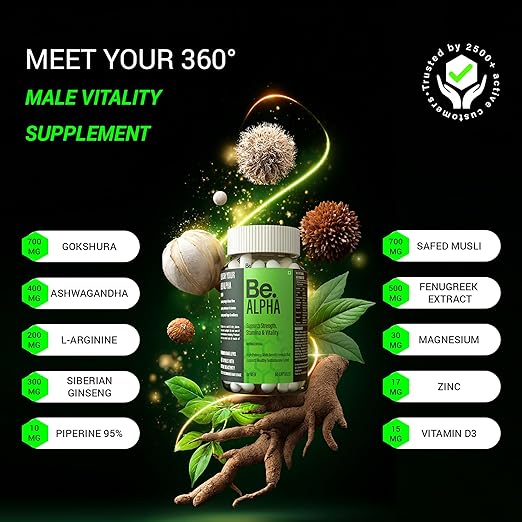The Unexpected Power of the Tote Bag A Look at High Fashion, Sustainability, and Profit in the New Decade
It’s hard to think of a single item that has undergone a more dramatic transformation in the last few years than the humble tote bag. Once relegated to a purely utilitarian role—a canvas container for groceries or a free giveaway at a corporate event—it has now ascended to the very peak of fashion, sustainability, and market strategy. The tote is no longer just a bag; it is a statement, a lifestyle choice, and, perhaps most surprisingly, a significant growth engine in the global accessories market. This isn’t just about a change in fabric; it’s a seismic shift in customer perception and a brilliant masterclass in turning an everyday item into a high-profit accessory.
From Utility to Runway The New Fashion Hierarchy
The most compelling story in the tote bag world is its rapid and decisive takeover of the fashion landscape. The era of the micro-bag—a chic but utterly impractical accessory—is fading, replaced by the unapologetic roominess of the oversized tote. This is a trend driven by practicality, but it’s executed with pure luxury. Designers are now featuring slouchy, exaggerated silhouettes in rich, textured materials that scream “effortless wealth.”
The materials themselves are the first clue to this new hierarchy. Suede, in particular, is having a massive moment. We’re seeing soft, tactile suede totes in earthy tones like chocolate brown and tan, which instantly elevate the bag from casual canvas to lived-in luxury. This textural shift speaks to a customer who wants a classic, durable item but craves a high-end feel. These are not merely carriers; they are focal points of an outfit.
Beyond texture, the shape is evolving. The classic tall, vertical tote is being challenged by the sleek, elongated East-West silhouette. This horizontal shape, reminiscent of chic mid-century designs, is structurally modern and appeals directly to the minimalist consumer. It’s a design that looks streamlined and sophisticated under the arm, proving that a spacious bag doesn’t have to look bulky. These architectural details, from sculptural handles to bold fringe and statement-making buckle closures, are what separate the fashion-forward tote from its generic ancestors.
The market has spoken, and it values function merged with flawless aesthetics. A tote that can hold a laptop, a reusable water bottle, a book, and still look like it just walked off a Milan runway is the ultimate modern accessory. This versatility allows brands to charge a premium, dramatically increasing profit margins on what was once a low-cost item. It’s a perfect storm of fashion, practicality, and customer desire, driving a market that is expanding year-over-year.
The Unbreakable Link Sustainability and Customer Loyalty
The market’s enthusiastic embrace of the tote is deeply intertwined with the rising tide of environmental consciousness. Customers, especially Millennials and Gen Z, are actively seeking products that align with their values. In a world where single-use plastic bags are increasingly banned or taxed, a reusable tote bag has become a necessity, and a sustainable tote has become a badge of honour.
The demand for eco-friendly materials is now a critical driver of design and manufacturing strategy. Organic cotton, hemp, and jute are staples, but the real innovation is happening with next-generation fabrics. We are seeing a move toward recycled plastics (rPET), and even cutting-edge alternatives like Piñatex (made from pineapple leaf fibers) and mycelium leather. These materials not only reduce waste but also allow brands to tell a compelling story of ethical sourcing and circular fashion, a narrative that resonates deeply with modern consumers.
This is where brand strategy gets interesting. By championing sustainability, companies don’t just sell a bag; they sell a commitment. When a customer chooses a durable, ethically-produced tote, they view themselves as part of a larger movement. This shift makes the purchase meaningful, fostering a loyalty that transcends price. The perception of value is no longer just about the logo; it’s about the bag’s entire life cycle—its durability, its material, and the ethical practices of its maker.
This ethical premium is a major factor in driving profits. Consumers are willing to pay more for a “conscious carry-all.” Furthermore, the tote bag is an unbelievably effective marketing tool. A custom-branded sustainable tote turns the wearer into a walking billboard for an eco-conscious brand. This low-cost, high-impact marketing—a ‘walking advertisement’—has cemented the tote’s place not just in fashion, but in every corporate branding strategy.
The Profit Play Bulk Buying and Branding Power
For businesses, the explosion of the tote bag’s popularity has opened up a highly profitable niche, particularly in the promotional and corporate gifting sphere. The tote bag market’s overall profitability, with gross margins that can approach 40% or more depending on the model, makes it an incredibly appealing business venture.
The key to unlocking massive profits in this space lies in smart manufacturing and distribution. This often begins with the necessity to buy tote bags in bulk. Whether it’s for a high-volume retail line, a promotional giveaway at a major conference, or a corporate gift for clients, sourcing large quantities is the backbone of a successful tote bag business. Bulk purchasing immediately drives down the per-unit cost, maximizing the profit margin on the final sale. This strategy allows a business to offer a beautiful, high-quality, customized product at a competitive price, while still retaining a very healthy bottom line.
Customization is the other half of the profit equation. New data shows that personalized and customized tote bags dramatically increase customer loyalty—a significant percentage of buyers are more likely to return for customized products. For brands, this means offering unique printing, embroidered logos, or even specialized features like RFID-blocking pockets or solar-charging panels for the tech-savvy urban commuter. These features justify a higher price point, moving the bag from a commodity item to a high-value accessory.
Furthermore, businesses are utilizing sophisticated channel strategies. A mix of direct-to-consumer online sales, high-end wholesale partnerships with retailers, and strategic use of print-on-demand (POD) services allows for market penetration without excessive inventory risk. For a new design idea, a company can test the waters with a POD service; for proven bestsellers, they can switch to large-scale bulk manufacturing to capitalize on lower production costs. It’s an agile, data-driven approach to an apparently simple product. The tote has become a versatile asset, easily adapted to different pricing tiers, from the budget-friendly promotional model to the premium, feature-rich travel companion.
The Future of the Carry-All
The enduring success of the tote bag proves that sometimes, the simplest design with the right ethical and aesthetic spin can conquer the fashion world. It has effectively outgrown its old role, becoming an essential piece of a consumer’s daily ensemble, a crucial part of a brand’s sustainable identity, and a powerful financial asset for businesses smart enough to capitalize on its dual appeal of style and function.
The future of the market is set to focus even more intensely on material innovation and smart features, all while maintaining the spacious utility that defines its form. As consumer consciousness continues to rise, the choice to pick up a reusable tote bag or shopping bag will be less of a chore and more of a deliberate, fashionable statement, solidifying its place as a cornerstone of the modern accessory landscape.







